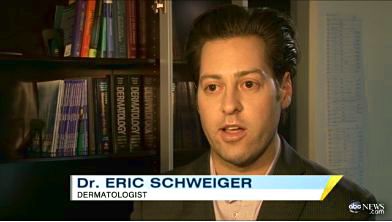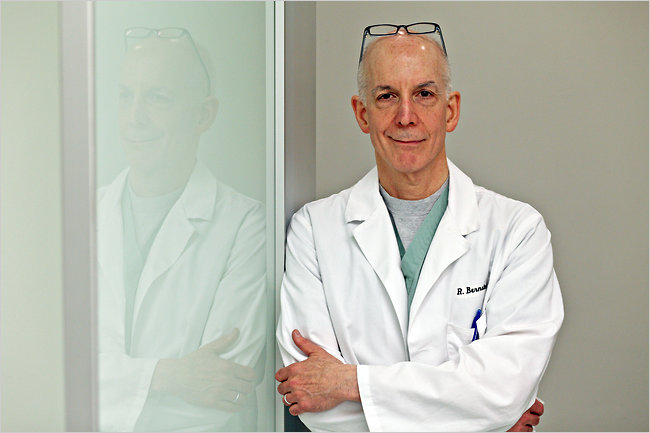 Latisse, which is the brand name for the drug bimatoprost, has been found to effectively and safely grow eyelashes in a double-blinded scientific study published in the May 2012 issue of the Journal of the American Academy of Dermatology.
Latisse, which is the brand name for the drug bimatoprost, has been found to effectively and safely grow eyelashes in a double-blinded scientific study published in the May 2012 issue of the Journal of the American Academy of Dermatology.
The study found that the drug starts showing improved eyelash growth at week 4 of using the medication. The growth is notable by week 8 and even more substantial by week 12. The majority of subjects using bimatoprost, 78.1% of the group, found improvements in eyelash prominence, length, fullness, and darkness by week 16. Only 18.4% of subjects using the placebo found such improvements at 16 weeks.
In the safety component of the study, adverse events were tallied and subjects were given ophthalmic examinations. Bimatoprost was found to have a “very good” safety profile. The only adverse event that occurred in a statistically significant greater proportion among those who used bimatoprost was conjunctival hyperemia, also known as “red eye”. This adverse event happened in only 3.6% of subjects — five out of 137 — and none of the subjects discontinued participation in the study. Ophthalmic examination of subjects during the study revealed that there is no statistically significant change in iris pigmentation due to bimatoprost. There was also no statistically significant change in visual acuity.
Bimatoprost, which mimics a type of “messenger molecule” called a prostaglandin, was initially designed to treat glaucoma. It was known for several years that the drug’s side effect was eyelash growth, and it was approved by the Food & Drug Administration in 2008 under the brand name of Latisse. The physiological mechanism by which bimatoprost affects eyelash growth is unknown and requires further scientific study.
Latisse — which is owned by the California-based pharmaceutical company Allergan, Inc. — is also being studied as a treatment for hair loss. That study is underway, and is on-going as of the most recent update in January 2012. The study should be complete by September 2012.
Read about Latisse/Bimatoprost
Read more about Latisse/Bimatoprost on the Hair Transplant Blog
Posted by

 The January 2012 issue of the Journal of Drugs in Dermatology contains an article, written by Drs. Schweiger and Bernstein, which is the first case study of eyebrow growth from the topical use of bimatoprost.
The January 2012 issue of the Journal of Drugs in Dermatology contains an article, written by Drs. Schweiger and Bernstein, which is the first case study of eyebrow growth from the topical use of bimatoprost.




